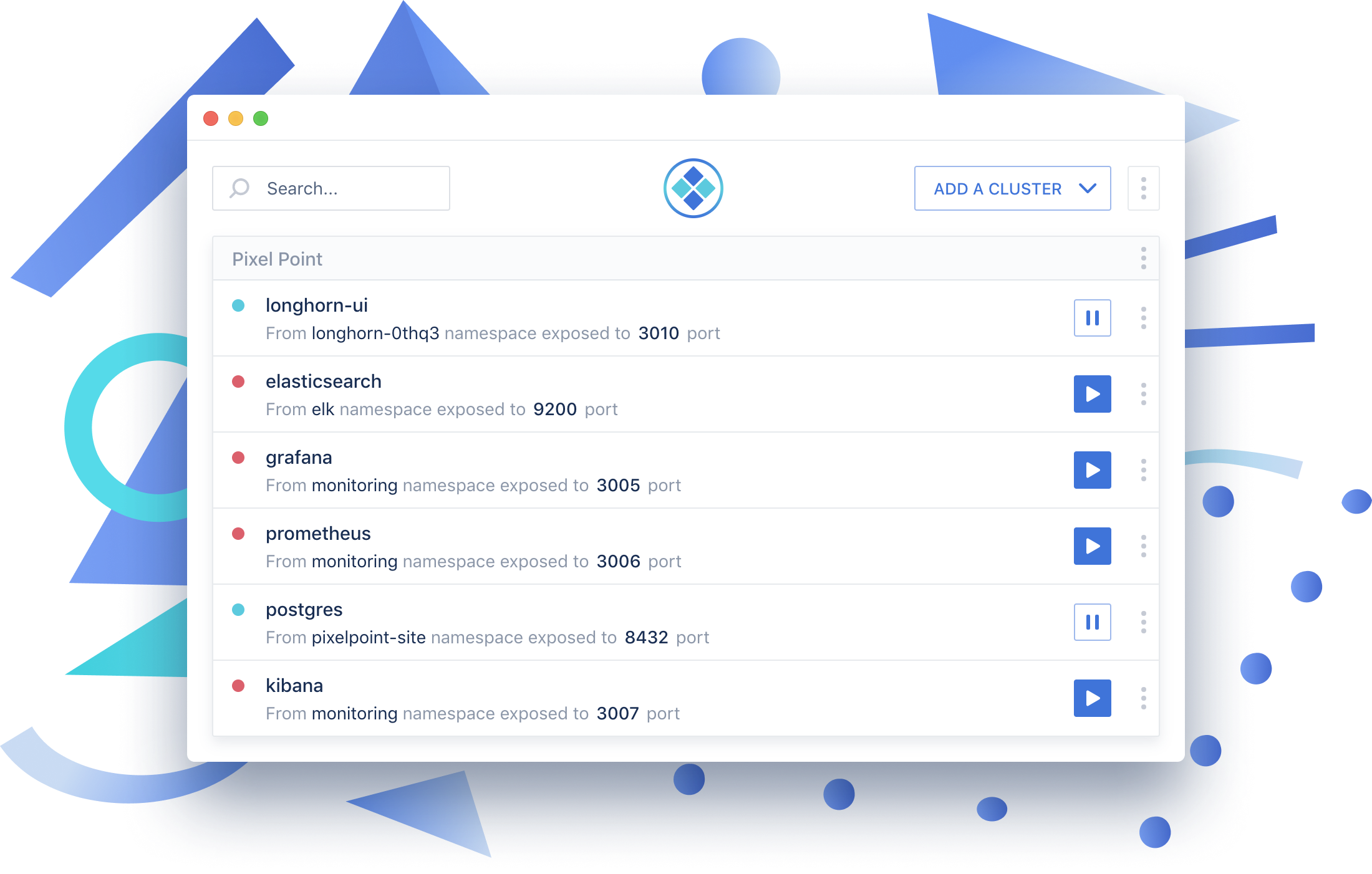
Kube Mac Os X
'If you're serious about security, Qubes OS is the best OS available today. It's what I use, and free.' 'Happy thought of the day: An attacker who merely finds a browser bug can't listen to my microphone except when I've told Qubes to enable it.' 'When I use Qubes I feel like a god. At the moment kubernetes server components doesn't ship any Darwin OS (MAC OS) binaries so the control plane component can't directly run under MACOS. Although they ship kubectl for Darwin OS which can use any API Server to connect to and deploy the applications.
To help you provision, operate, and maintain Tanzu Kubernetes clusters, specify a default text editor for kubectl .
MQS Streaming Server (MAC OS) MQS Streaming Server (Windows OS) KANN CUBE USB DAC Driver. Driver File: KANN CUBE USB DAC Driver. This Driver is for Windows XP (32bit), Windows 7/8(32/64bit). In case of MAC OS, it can recognize without Driver install. Driver is installed only the first time. After that, it will be recognized. A nightly updated Mac OS image is available. Requires Mac OS Mavericks (10.9) or later. Kube is available for a variety of distributions. V1 is for Bash 3.2 (which is the default on macOS), and v2 is for Bash 4.1+. The kubectl completion script doesn't work correctly with bash-completion v1 and Bash 3.2. It requires bash-completion v2 and Bash 4.1+. Thus, to be able to correctly use kubectl completion on macOS, you have to install and use Bash 4.1+ (instructions).
Purpose
After you provision a Tanzu Kubernetes cluster you need to maintain it. Typical maintenance tasks include upgrading the Kubernetes version and scaling cluster nodes. To perform such tasks you update the cluster manifest.
The most convenient way to update the manifest for a provisioned cluster is to use the kubectl edit command. This command opens the Kubernetes manifest in a text editor of your choice. When you save the changes, Kubernetes automatically applies the changes and updates the cluster.
To use the kubectl edit command, create a KUBE_EDITOR environment variable and specify your preferred text editor as the variable value. In addition, append the watch flag (-w) to the value so that kubectl knows when you have committed (saved) your changes.
Windows
On Windows, create a system environment variable named KUBE_EDITOR with the value set to the path of your preferred text editor. Append the watch flag (-w) to the value.
For example, the following environment variable sets Visual Studio Code as the default text editor for kubectl and includes the watch flag so that Kubernetes knows when you save your changes:
KUBE_EDITOR=code -w.
Kube Mac Os Catalina
Mac OS
Kube Mac Os X
On Mac OS, create an environment variable named KUBE_EDITOR with the value set to the path of your preferred text editor. Append the watch flag (-w) to the value so that kubectl knows when you have committed (saved) your changes.
For example, the following addition to the .bash_profile sets Sublime as the default text editor for kubectl and includes the watch flag so kubectl knows when you have saved any changes.
export KUBE_EDITOR='/Applications/Sublime.app/Contents/SharedSupport/bin/subl-w'
Kube Mac Os Download
Linux
Mac Os Catalina
On Linux (Ubuntu, for example), typically the default command-line EDITOR is Vim. If so, no further action is needed to use the kubectl edit command. If you want to use a different editor, create an environment variable named KUBE_EDITOR with the value set to the path of your preferred text editor.